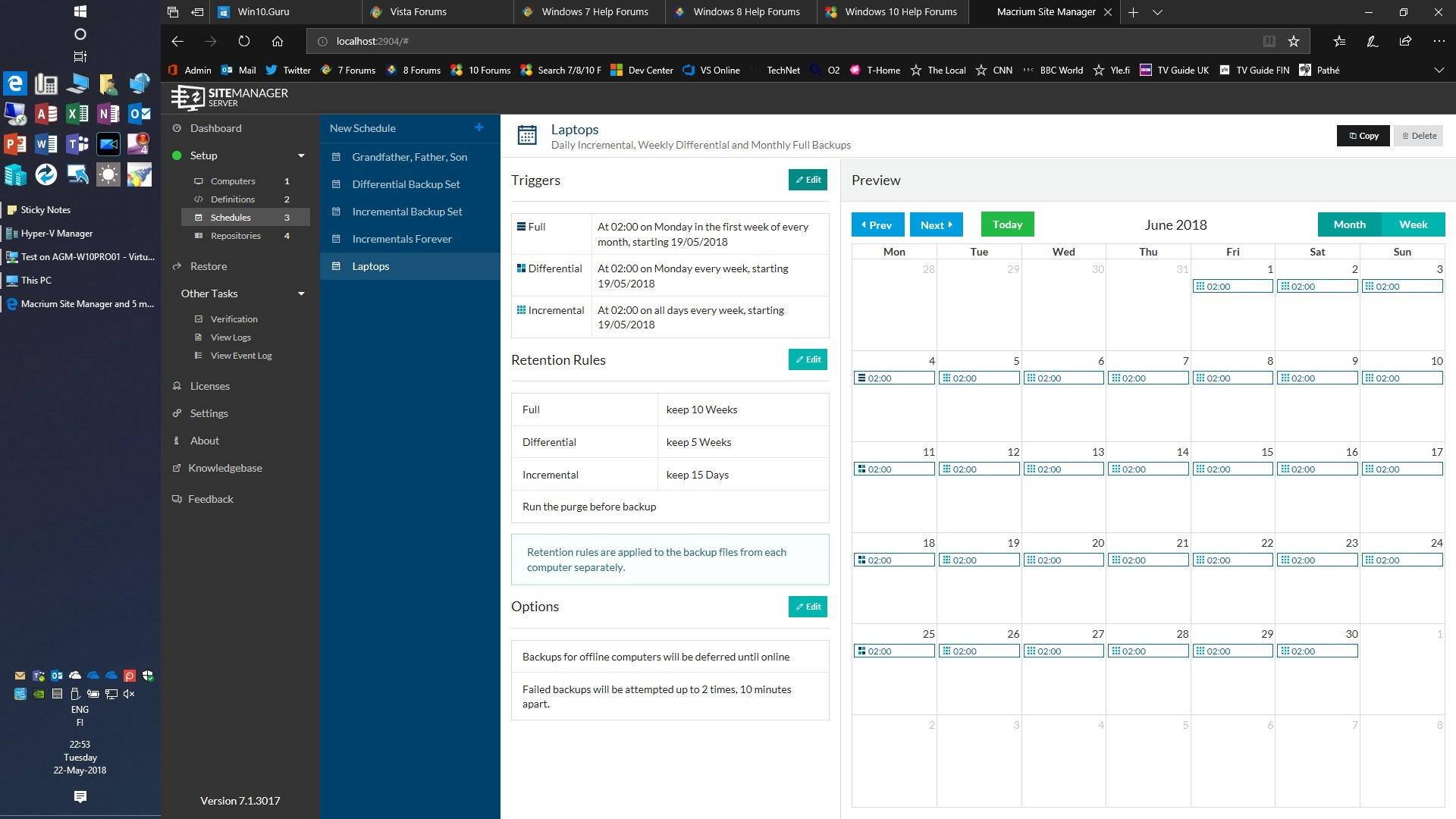

Making an image backup involves making a snapshot of the contents of each partition on one drive and storing those contents within an image copy for each partition on another drive. And when an image backup is restored, the previous contents of the drive are overwritten, as the image for each partition is written to the target drive afresh and anew.

When you make an image backup, all the bits and bytes for each partition are captured. (Please note: I use the excellent, no-cost MiniTool Partition Wizard Free instead of Windows’ built-in Disk Management tool because Partition Wizard shows the Microsoft Reserved, or MSR, partition along with other partitions on the C: drive in Figure 1 it occupies 16MB in position 2.) IDGįigure 1: The default Windows 10 and 11 disk layout comprises 4 partitions: (1) EFI, (2) MSR, (3) Windows OS, and (4) Windows Recovery Environment (WinRE). If you look at the disk layout for a typical C: drive, you’ll see that it usually includes four or more partitions, as shown in Figure 1.

Image backups are sometimes called system image backups, whole-system backups, full system backups, or other variations on that theme. In other words, it’s an exact copy (“image”) of the drive - operating system, data files, settings, and all - not just the files stored on it. Simply put, an image backup is a snapshot of the complete contents of all partitions on a computer’s C: drive.


 0 kommentar(er)
0 kommentar(er)
